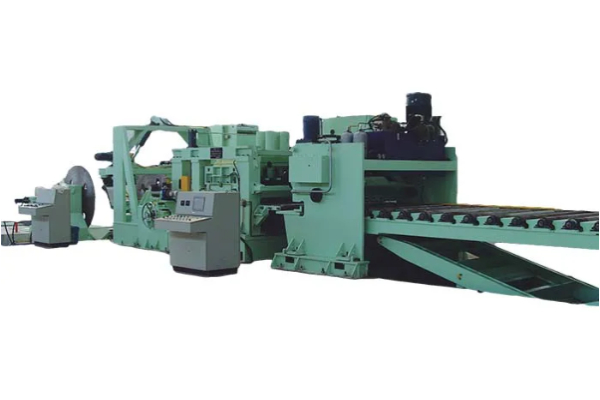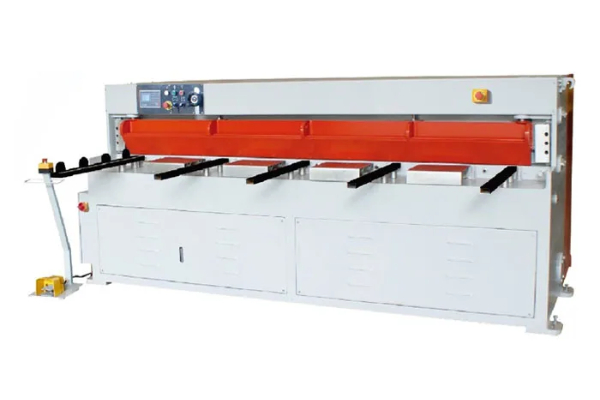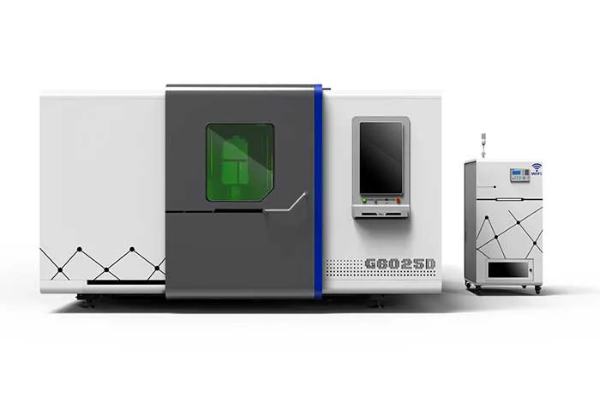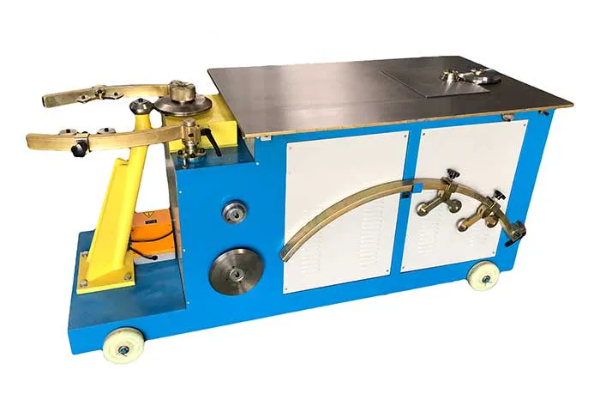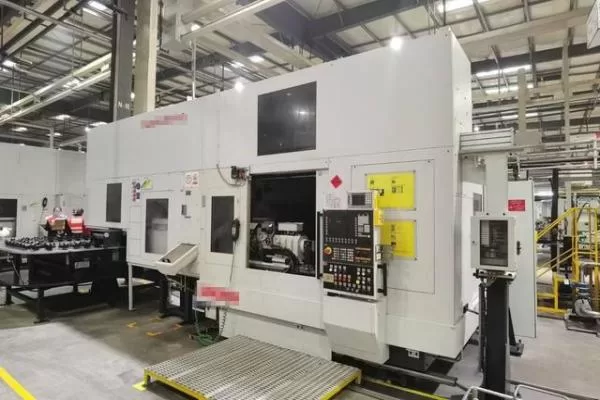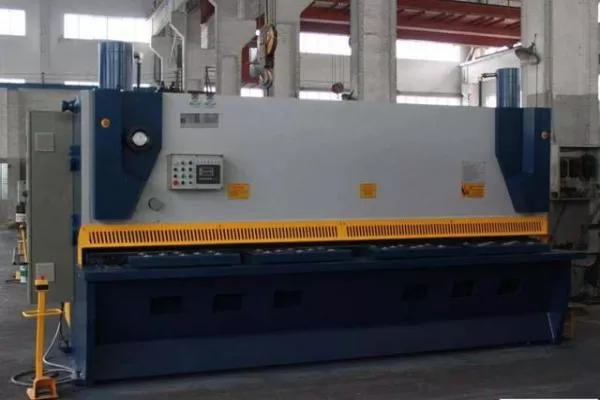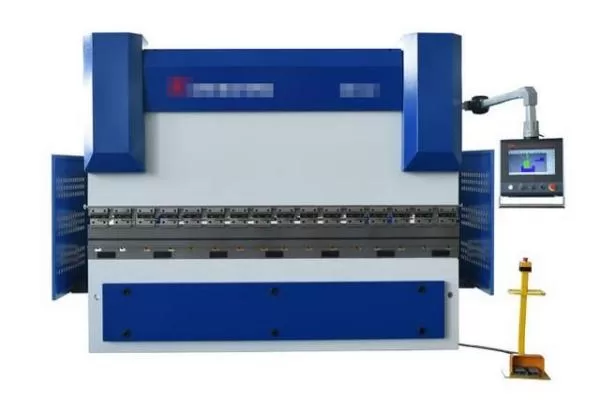
Sheet Metal Press Brake vs. Other Forming Methods- Pros and Cons
- By:Metmac
- 2024-08-06
- 175
In the realm of metal fabrication, sheet metal press brakes reign supreme as a highly versatile forming method. However, various alternative techniques offer unique advantages and limitations. Understanding the pros and cons of each method is crucial for selecting the optimal solution for specific applications.
Press Brakes: Precision and Versatility
Press brakes employ a V-shaped punch and die to bend sheet metal along a predefined line. Their primary advantage lies in their exceptional precision, enabling precise angles and complex bends. Furthermore, press brakes offer high tonnage capacities, allowing for the forming of thicker materials.
Pros:
Precise bending angles and intricate shapes
High tonnage capacity for thick materials
Automation capabilities for increased efficiency
Cons:
Limited forming depth compared to other methods
Tooling costs can be high for complex bends
Potential for distortion or damage if not used properly
Roller Forming: Continuous and Efficient
Roller forming involves passing sheet metal through a series of contoured rollers to achieve continuous bending along its length. This method excels in producing long, straight sections with consistent profiles. It is highly efficient and cost-effective for large-volume applications.
Pros:
Continuous forming for long sections
Cost-effective and suited for mass production
Versatile, capable of forming complex shapes
Cons:
Limited flexibility compared to press brakes
Relatively low tonnage capacity
Requires precise roller alignment to maintain shape accuracy
Tube Bending: Precision and Flexibility
Tube bending utilizes a mandrel and bending head to shape tubular metal sections. This method provides high precision and versatility, allowing for complex bends and radius control. It is commonly used in the automotive and aerospace industries.
Pros:
Accurate and consistent bending of tubular sections
Capable of complex geometries and small bending radii
Suitable for various materials, including steel, aluminum, and stainless steel
Cons:
High tooling costs for custom mandrels
Requires skilled operators and specialized equipment
Limited forming depth for certain tube diameters
Conclusion
Sheet metal press brakes, roller forming, and tube bending each possess distinct advantages and drawbacks. Understanding the capabilities of each method is essential for determining the most suitable option for specific forming applications. Press brakes offer precision and versatility, roller forming provides efficiency for long sections, and tube bending delivers accuracy and flexibility for tubular structures. By carefully evaluating the requirements, designers and fabricators can optimize the forming process and achieve desired results with precision and cost-effectiveness.
-
Advanced Sheet Metal Rolling, Cutting, and Folding Machines for Efficient Fabrication
2025/10/22 -
High-Precision Sheet Metal Bending and Cutting Solutions for Modern Manufacturing
2025/10/22 -
High-Precision Solutions from Leading Sheet Metal Cutting Machine Manufacturers
2025/09/11 -
Reliable Sheet Metal Equipment for Sale to Support Precision Fabrication
2025/07/17
-
High-Performance Sheet Metal Equipment for Sale: Forming and Shearing Solutions for Modern Fabrication
2025/10/22 -
Precision and Performance: Advanced Sheet Metal Processing Solutions
2025/10/17 -
Advanced Sheet Metal Press, Shearing, and Forming Machines
2025/10/17 -
High-Performance Sheet Metal Laser Cutting Machines for Sale — Precision and Efficiency Combined
2025/10/17
-
A Guide to the Latest Innovations in Sheet Metal Folding Machines
2024/11/29 -
Key Features to Consider When Investing in a Sheet Metal Folding Machine
2024/11/28 -
Enhancing Precision with Advanced Sheet Metal Folding Machines
2024/11/27 -
How to Choose the Right Sheet Metal Folding Machine for Your Workshop
2024/11/26
